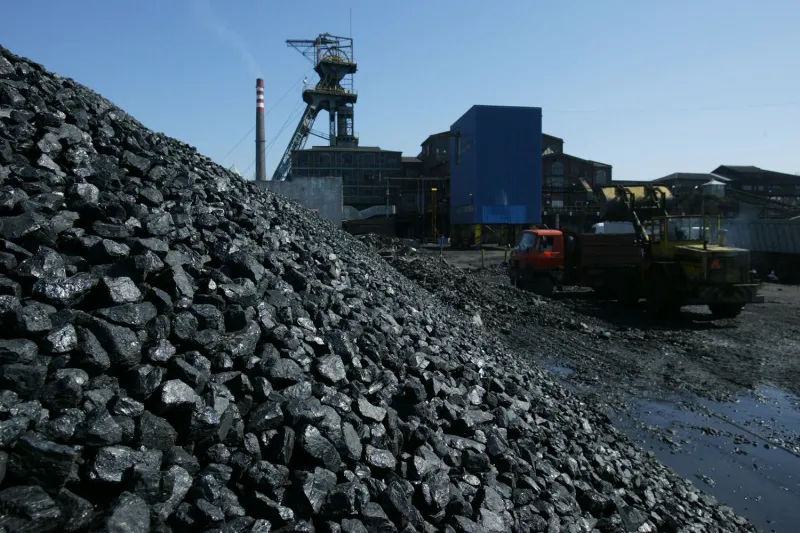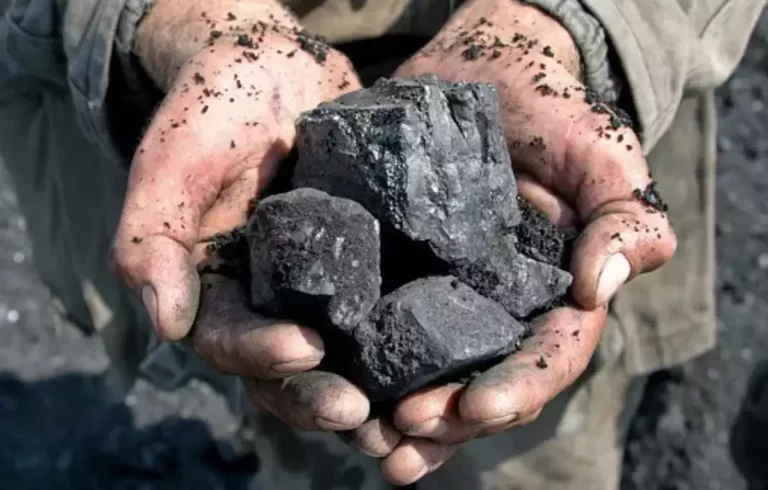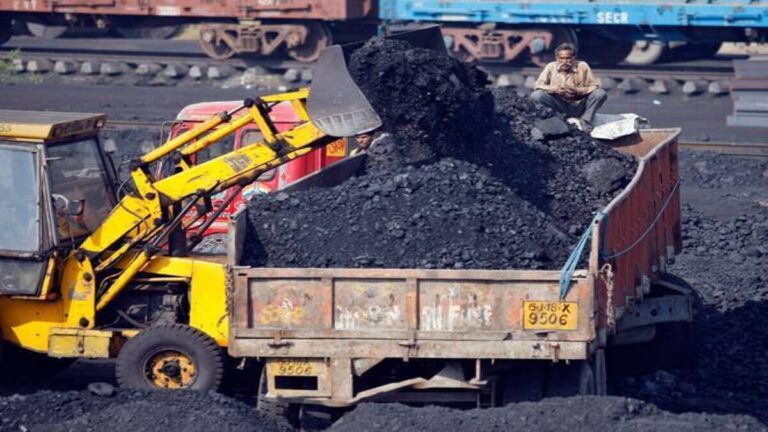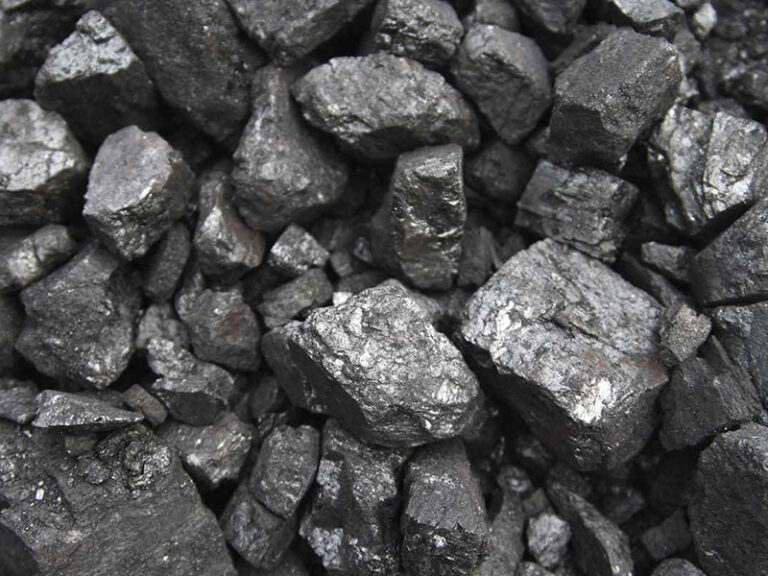
Coal tips, also known as spoil heaps or waste tips, are essential for managing waste materials from coal mining operations. However, they present a significant challenge: ensuring these tips are safe and stable without harming the environment. In recent years, disasters such as the Aberfan tragedy in Wales, where a coal tip collapsed and killed 144 people, have highlighted the dangers of unstable coal tips. At the same time, environmental concerns have driven the need for coal tip management that doesn’t compromise ecosystems. Balancing safety and environmental protection is vital for sustainable mining practices that prioritize both human and ecological health.
Coal Tip Safety: The Need for Stability
Coal tips can be hazardous if they aren’t properly maintained. They are prone to instability, especially in regions with high rainfall, poor drainage, or weak soil structures. When a tip becomes unstable, it can result in a catastrophic slide, releasing large amounts of debris that can destroy nearby communities and harm local ecosystems. In addition to physical hazards, some coal tips are prone to spontaneous combustion, a process where coal dust or other carbon-rich materials ignite due to oxidation and heat buildup.
To improve coal tip stability, mining engineers now use advanced techniques in site assessment and waste management. Geotechnical analysis, which evaluates soil strength and slope stability, is critical in preventing collapses. Drainage systems are also essential for managing water flow, as accumulated rainwater can increase the risk of slides. While these measures are crucial for protecting human lives, they must also consider environmental impacts, ensuring safety without adding further strain on the planet’s ecosystems.
Balancing Safety with Environmental Protection
Historically, coal tip management has prioritized stability and waste storage with less attention to the environmental consequences. Yet poorly managed tips can have severe ecological impacts, including soil degradation, water contamination, and habitat destruction. For example, heavy metals and toxic substances in coal spoil can leach into surrounding soil and water bodies, harming plants, animals, and local water supplies.
To address these issues, mining companies and regulatory bodies are increasingly focusing on eco-friendly practices in tip management. One approach is to select tip locations that minimize the risk of water contamination and limit disruption to surrounding habitats. New regulations also mandate the use of impermeable liners to prevent leachate (liquid waste) from seeping into the ground, which protects local groundwater and soil quality. By prioritizing the environment, these strategies can reduce the ecological footprint of coal tips while maintaining high safety standards.
Sustainable Reclamation: Restoring Coal Tip Sites
When a coal tip reaches capacity or a mine is closed, reclamation offers a sustainable way to manage former tip sites. Reclamation involves reshaping the land, covering it with topsoil, and planting vegetation to stabilize the surface. This process not only prevents erosion and controls dust but also transforms a once-barren spoil heap into a space that supports plant and animal life. In some cases, reclaimed tips become parks, natural reserves, or even sites for renewable energy projects, such as wind or solar farms. By restoring these areas, communities can turn former mining waste sites into positive resources for local ecosystems and the public.
An additional reclamation method, called “bio-mining,” involves planting specific types of vegetation that can absorb and break down toxic substances in the soil, a process known as phytoremediation. Plants such as willow trees and certain types of grasses are effective at extracting heavy metals from the soil, helping to rehabilitate contaminated sites. Using bio-mining in reclamation efforts allows former coal tip sites to become self-sustaining ecosystems that promote biodiversity and contribute to environmental health.
Innovative Technology for Safety and Sustainability
New technologies are advancing coal tip safety and sustainability. Remote sensors, drones, and satellite imagery provide real-time monitoring of tip stability, allowing for early detection of movement or shifts in the tip structure. If a tip shows signs of instability, engineers can take immediate measures to prevent a collapse. Additionally, these technologies can track environmental factors, such as soil moisture and vegetation health, which influence tip stability and ecological impact.
Another promising technology is the use of encapsulation materials for tip containment. Encapsulation materials are geotextiles and liners that surround coal tips, preventing toxic materials from leaching into the environment. While traditional liners can be challenging to install, modern advancements in encapsulation technology make it more feasible to implement these materials without damaging local ecosystems.
The Future of Coal Tip Management
Ensuring coal tip safety while protecting the planet is possible through a combination of strict regulation, innovative technology, and sustainable practices. Governments can play a significant role by setting clear standards for both safety and environmental responsibility. Likewise, mining companies can invest in green technologies and sustainable waste management methods, such as bio-mining and ecological restoration.
By prioritizing both safety and environmental health, the coal mining industry can work towards a future where coal tips are not only stable but also contribute positively to surrounding ecosystems. This balanced approach is essential for protecting both people and the planet, demonstrating that safety and sustainability can coexist in responsible mining practices.
Conclusion
Coal tip management that values safety without compromising the environment is essential in modern mining. By implementing advanced technologies, sustainable reclamation practices, and eco-friendly regulations, we can address the risks associated with coal tips while safeguarding our natural resources. This balanced approach benefits not only the mining industry and local communities but also the wider ecosystem, helping to create a safer and more sustainable world.




